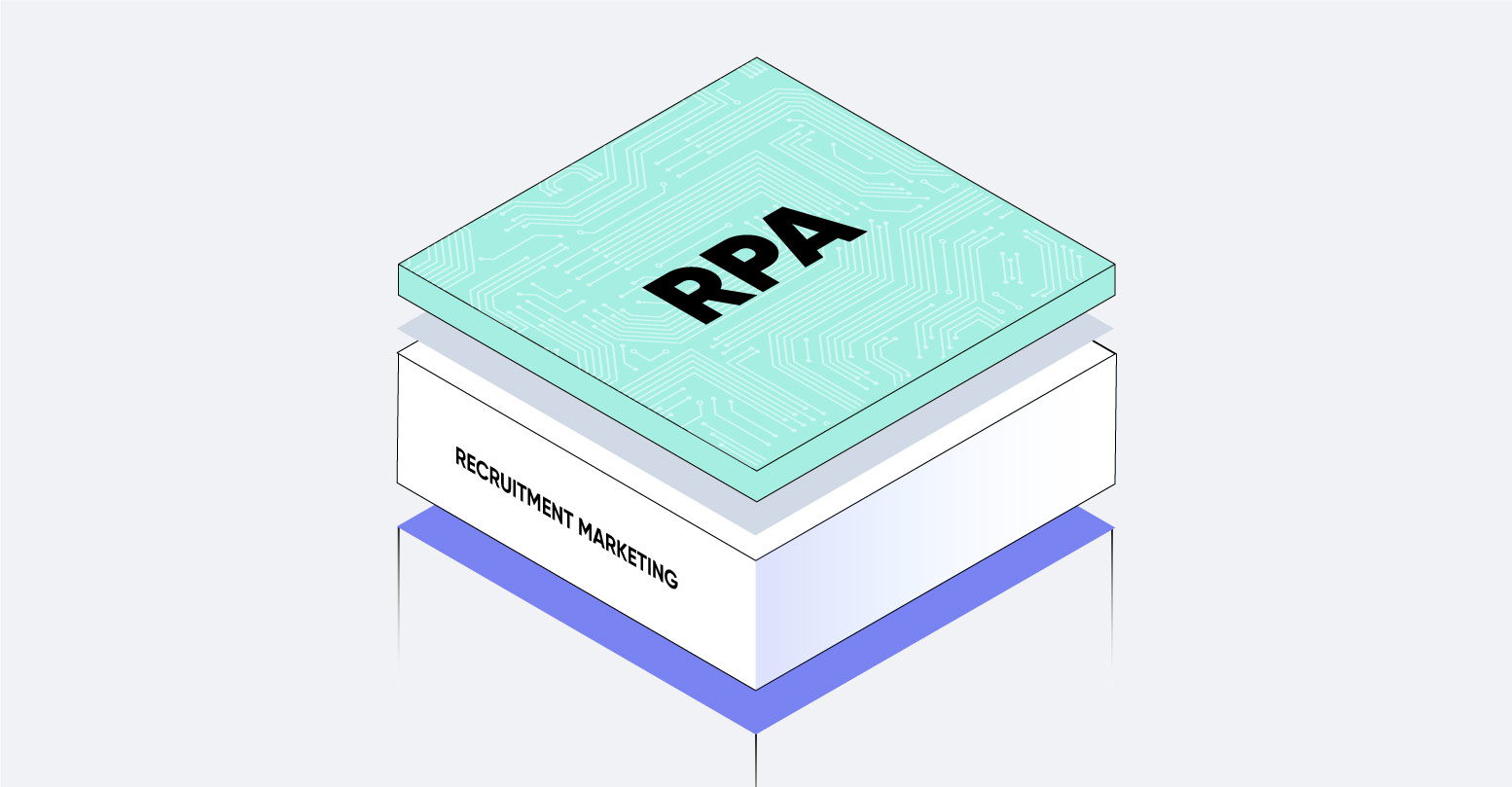In today’s red-hot market for top talent, it can be difficult for companies to stand out from the crowd. According to a recent poll, 57% of recruiters say their top challenge is differentiating their company from the competition, and with new businesses getting into the game all the time that task is only getting harder. What can businesses do to make an impression on potential candidates and outpace their competitors when it comes to talent acquisition? A well defined employee value proposition (EVP) is an important first step.
For the uninitiated, EVP refers to the non-monetary ways in which a given business provides value to its employees. This can be anything from educational opportunities to high levels of autonomy, the chance to make a difference in one’s field, or even the opportunity to work from home. Anyone who thinks that salary and benefits are the only important factors in recruiting take note: 44% of respondents polled listed opportunities for career advancement as a major factor in accepting their current employer’s job offer. Another 44% listed challenging work as a prime motivating factor. These numbers are almost identical to the 45% of people who listed compensation as a top reason for accepting a job offer.
Given these statistics, it’s hard to deny the power of a well-defined EVP. But how do businesses successfully shape and define an EVP that supports their key business goals?
Define Your Employee Personas
Since EVP is fundamentally about attracting and acquiring top talent, the logical starting point when it comes to crafting an EVP is to think about the kind of talent your business is hoping to attract. For each position you’re planning to fill, you should have an employee persona, i.e. a fictional sketch of your ideal hire for the specific position. These should be as specific as possible in terms of what skills and background would be necessary to perform daily job duties, but they should also include things like expected salary range, what type of company culture they would gravitate to, what sort of work environment would best fit their needs, etc. If, for instance, you’re trying to hire a web developer with five years of experience in a certain framework, your employee persona might be a young professional expecting to make low to mid six figures, who is driven by the opportunity to make important design decisions and would thrive in an open, collaborative work environment.
These sketches aren't meant to exclude potential hires who might not fit into the exact parameters you imagined, but rather to help you envision what sorts of non-monetary benefits might attract the right people to your company. They can also function as a useful research tool—once you’ve got a handle on what your ideal hires look like, you can try to find hard data on what they’re likely to prioritize when choosing a job. Your EVP as a whole should be aimed at answering the question, “Why should I work here?” Your employee personas should help you do that by answering an equally important question: “What will my ideal employees look for in a workplace?”
Take Stock of Your Value Drivers
Now, not every company can be everything to everyone. Once you’ve started to gain a sense of what might attract your ideal candidates to apply and eventually come work for your company, it’s time for the rubber to hit the road. Depending on what you find when you’re researching your personas, you may discover that there are some organizational changes or additions you could make to boost your recruiting ROI (adding conference budgets to employee’s compensation packages, updating elements of your office space, etc.), but most of the work of defining your EVP is going to come in the form of emphasizing the value added propositions that you’re already able to provide.
Ask yourself a handful of questions about your business:
- Do you offer career stability?
- Do you offer the opportunity to learn new skills or gain new experiences on the job?
- Do you provide frequent feedback and evaluations?
- How do your employees gain recognition for their hard work?
- What mission or goals drive your employees and your business as a whole?
- Do you offer opportunities for meaningful personal achievements?
- Does your team have a culture of support, autonomy, trust, etc.?
With the answers to these questions, you’ll be able to see the ways in which you’re currently offering value to your employees. Relate these value-added propositions back to your employee personas. What traits does your business have that your ideal employee is likely to seek out as he or she decides on an employment path. Hopefully there is at least some overlap between your personae’s expectations and your existing value proposition—because this overlap will form the kernel of your EVP.
Craft Segmented Messages
Now that you’ve either uncovered or created alignment between your business practices and the projected needs of your ideal future hires, it’s time to spread to the word! This is where your EVP should meet your employer brand in a practical way. Based on what you’re offering and whom you’re trying to attract, it’s time to craft messaging and marketing materials that answer the all important question: “Why should I work here?” Crucially, this messaging is going to vary based on which employee persona is being targeted with any given campaign or piece of content. For your messaging targeted at software developers, for instance, you might emphasize the value that your future-employees would gain from the chance to make large-scale design decisions; whereas you might add more details about career advancement when targeting marketing hires.
In this way, you can begin to make your business stand out from the crowd as a top-choice employer. But remember, your EVP is only as valuable as its reach, so make sure that in addition to considering your employee personas when crafting a message, you're also considering them when promoting your employer brand. This means leveraging social media and other channels to reach passive and active job candidates alike. After all, if you don’t go where your key demographics are, they won’t have they chance to learn about your unique culture, mission, and values.








